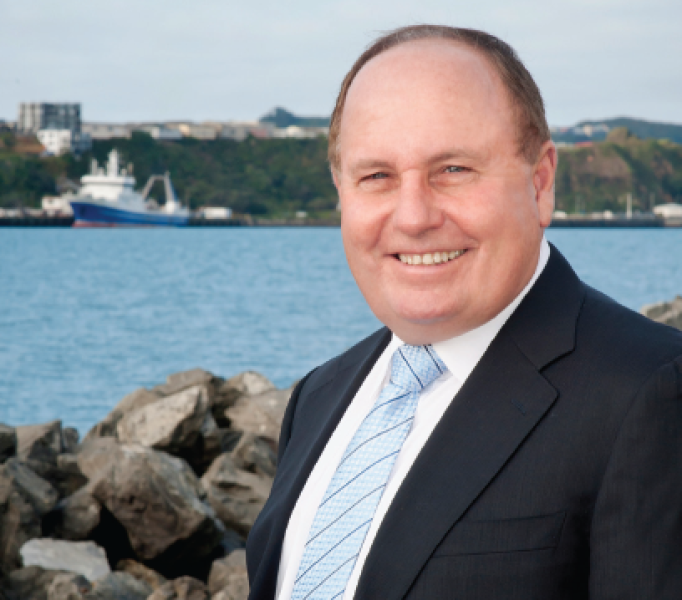In November 1994, the skipper of a Russian super trawler, the Yefim Gorbenko, put his vessel into Calliope dry dock in Devonport, complaining of excessive fuel consumption and high engine temperatures. As the dock drained, workers were greeted with an incredible sight: the trawler's hull was festooned with a mass of organisms described by one observer as "an entire ecosystem."
A thick mat of living creatures – mussels, sponges, goose barnacles, seaweed and anemones – covered the Gorbenko from waterline to keel. Many of the hitchhikers were aliens. Dock workers eventually carted away 90 tonnes of organisms from the Gorbenko, which had been working New Zealand territorial waters for several months.
As contributor Marieke Hilhorst points out in this issue, a 2002 Statistics New Zealand report calculated our marine economy to be worth $3.3 billion annually, contributing 2.9 per cent of GDP and providing 21,000 jobs.
It could take but a single organism – one egg, one larva, one gravid adult – to slash millions from that value. According to MAF Biosecurity New Zealand, our shellfish industry is worth $315 million. If the northern Pacific sea star – one of the country's least-wanted – ever established here, it could slash shellfish stock by as much as 50 per cent.
Last year, Deloitte estimated that the didymo incursion had cost $127.8 million so far, and could lead to further losses of between $210.6 million and $854.8 million out to 2020.
A healthy New Zealand economy relies critically upon a healthy New Zealand environment. Primary exports are high-value earners that underpin our standard of living, but the ecosystem services that sustain them must prosper too.
We're still paying the bill for past practices that exploited our soils, our air and our waters without understanding the consequences. In 2008, poor air quality was estimated to cost the economy $1.14 billion – $421 for every New Zealander – each year. $210 million has been allocated to clean up the Waikato River; another $12 million for ailing Lake Ellesmere. It will likely cost $200 million to return the Rotorua lakes – also featured in this issue – to health.
A 2008 report by the New Zealand Business Council for Sustainable Development forecast the costs of freshwater clean-up, under present allocation mechanisms, to climb to as much as $330 million a year through lost production and hampered economic growth.
Clean air, clear waters, robust ecosystems and balanced energy and nutrient cycles are New Zealand's most valuable asset portfolio, yet all too often we run them like a hedge fund: highly leveraged, with a short-term strategy.
It's not enough that rivers and lakes simply look clean enough to satisfy tourists; their value runs much deeper than their picturesque surface, into every sector of primary industry. When they are truly healthy, they represent a powerful natural asset that marries economic and environmental prosperity.
It will always be cheaper to stop invasive organisms establishing here, than to try to eradicate them once they have. It will always be cheaper to stop nutrients and pollutants reaching our waterways, than to try and clean them up after the event.
Investment in protecting our natural resources, then, be it surveillance, monitoring, research or innovation, isn't just smart, or expedient – it's critical. As NIWA freshwater scientist Max Gibbs says in these pages: "The premise is that you understand the system."
New Zealand's environment is NIWA's domain, and knowledge of it is our speciality. As you'll read in these pages, our scientists and technicians work to better understand New Zealand's natural asset base, so that when we, as a nation, make choices, they're informed by the best possible science.
John Morgan
Chief Executive, NIWA

